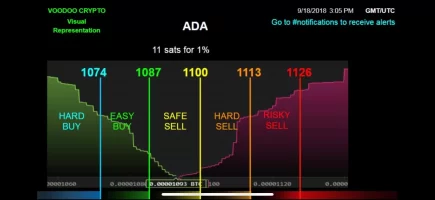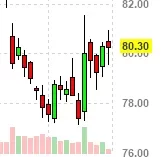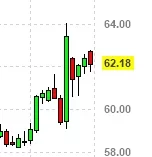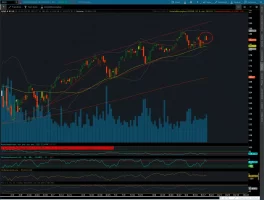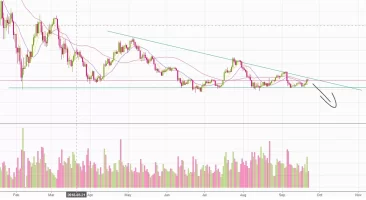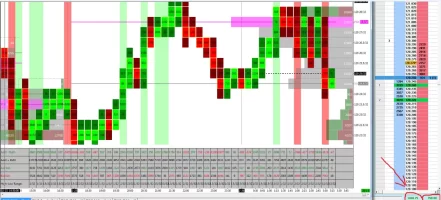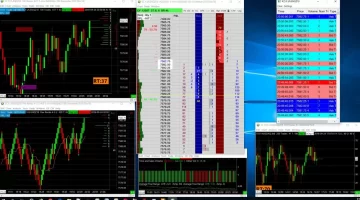Hi guys,
After reading up on some guys who trade crypto I've become intrigued about the validity of Technical Analysis for both cryptos and conventional stocks.
From a rudimentary viewpoint I don't see how the past can predict the future. Trying to recognize patterns is fair but there seems to be enough of a variety of terms and then some vagueness to fit almost any graph/scenario. There's also a ton of random variables that graphs can't communicate.
I also read this on Motley Fool's website -
The more you dig, the weighter the evidence against technical analysis gets. An October 2009 study by New Zealand's Massey University tested more than 5,000 technical analysis strategies in 49 different countries. The result? Not one strategy generated returns that aren't predicted by chance.
Let me repeat that. Not one.
I can't find the original study but it's a reputable source. Also cryptos have been heavily manipulated since their inception by guys with big money. So that makes the price history even more unreliable.
Can anyone demonstrate that TA has some validity as a method, and that it's not just a case of some guys getting lucky and riding the wave of variance?
After reading up on some guys who trade crypto I've become intrigued about the validity of Technical Analysis for both cryptos and conventional stocks.
From a rudimentary viewpoint I don't see how the past can predict the future. Trying to recognize patterns is fair but there seems to be enough of a variety of terms and then some vagueness to fit almost any graph/scenario. There's also a ton of random variables that graphs can't communicate.
I also read this on Motley Fool's website -
The more you dig, the weighter the evidence against technical analysis gets. An October 2009 study by New Zealand's Massey University tested more than 5,000 technical analysis strategies in 49 different countries. The result? Not one strategy generated returns that aren't predicted by chance.
Let me repeat that. Not one.
I can't find the original study but it's a reputable source. Also cryptos have been heavily manipulated since their inception by guys with big money. So that makes the price history even more unreliable.
Can anyone demonstrate that TA has some validity as a method, and that it's not just a case of some guys getting lucky and riding the wave of variance?
Dislike ads? Become a Fastlane member:
Subscribe today and surround yourself with winners and millionaire mentors, not those broke friends who only want to drink beer and play video games. :-)
Membership Required: Upgrade to Expose Nearly 1,000,000 Posts
Ready to Unleash the Millionaire Entrepreneur in You?
Become a member of the Fastlane Forum, the private community founded by best-selling author and multi-millionaire entrepreneur MJ DeMarco. Since 2007, MJ DeMarco has poured his heart and soul into the Fastlane Forum, helping entrepreneurs reclaim their time, win their financial freedom, and live their best life.
With more than 40,000 posts packed with insights, strategies, and advice, you’re not just a member—you’re stepping into MJ’s inner-circle, a place where you’ll never be left alone.
Become a member and gain immediate access to...
- Active Community: Ever join a community only to find it DEAD? Not at Fastlane! As you can see from our home page, life-changing content is posted dozens of times daily.
- Exclusive Insights: Direct access to MJ DeMarco’s daily contributions and wisdom.
- Powerful Networking Opportunities: Connect with a diverse group of successful entrepreneurs who can offer mentorship, collaboration, and opportunities.
- Proven Strategies: Learn from the best in the business, with actionable advice and strategies that can accelerate your success.
"You are the average of the five people you surround yourself with the most..."
Who are you surrounding yourself with? Surround yourself with millionaire success. Join Fastlane today!
Join Today

